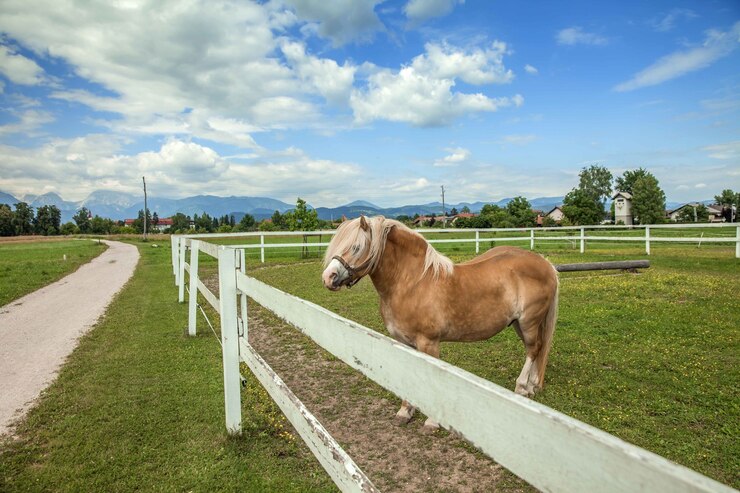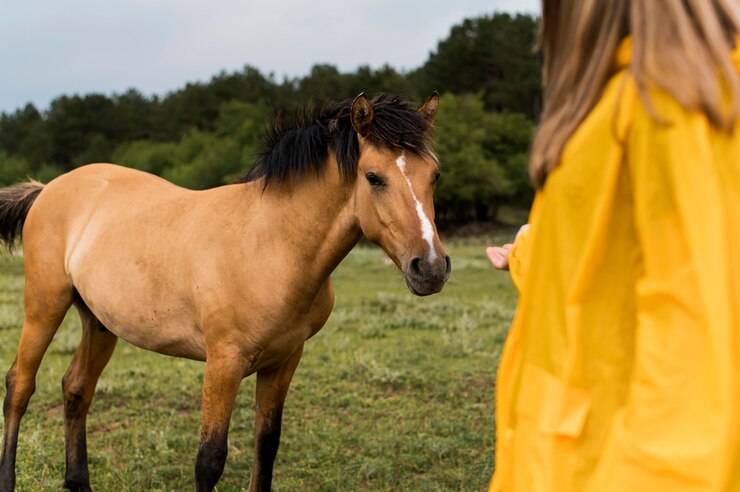Hoof health is crucial for the overall well-being and soundness of horses. Proper hoof care and maintenance are essential to prevent common issues such as lameness, abscesses, and hoof cracks. Read More
1. Regular Cleaning
Start by establishing a routine for regular hoof cleaning. Pick out your horse’s hooves daily to remove dirt, rocks, and debris that can get trapped in the hoof. Use a hoof pick or brush to gently clean the sole, frog, and hoof wall, paying close attention to the crevices and grooves. Keep your horse’s living area clean and dry to prevent the development of hoof issues.
Regularly remove manure and soiled bedding from stalls or turnout areas to minimize the risk of bacterial and fungal infections. Provide adequate drainage to prevent water from pooling and creating damp conditions that can compromise hoof health. A clean and dry environment promotes overall hoof health and prevents the onset of common problems.
2. Proper Trimming
Regular hoof trimming is essential to maintain the balance and integrity of the hoof. Schedule routine trims with a qualified farrier every 6-8 weeks to keep the hooves properly shaped and balanced. Trimming helps prevent uneven wear, overgrowth, and distortion of the hoof, reducing the risk of lameness and other hoof-related issues.
3. Balanced Diet
Ensure your horse receives a balanced diet rich in essential nutrients to support healthy hoof growth and strength. Adequate protein, vitamins, minerals, and fatty acids are essential for hoof health. Consult with a veterinarian or equine nutritionist to develop a nutrition plan tailored to your horse’s specific needs.
4. Proper Hydration
Hydration is crucial for maintaining the moisture balance in the hooves and preventing dryness and cracking. Ensure your horse has access to clean, fresh water at all times, especially during hot weather or periods of intense exercise. Proper hydration supports healthy hoof growth and resilience.
5. Regular Exercise
Regular exercise is essential for promoting circulation and hoof health. Provide your horse with ample opportunities for movement and exercise, whether through turnout, riding, or lunging. Exercise helps stimulate blood flow to the hooves, promoting growth and strengthening the hoof structure.
6. Environmental Management
Manage your horse’s environment to minimize exposure to wet or muddy conditions, which can soften the hooves and increase the risk of bacterial and fungal infections. Provide dry, well-drained turnout areas and use hoof boots or pads when riding on hard or abrasive surfaces to protect the hooves.
7. Monitor for Signs of Problems
Regularly inspect your horse’s hooves for signs of problems such as cracks, thrush, or bruising. Early detection and intervention can prevent minor issues from developing into more serious conditions. Consult with a veterinarian or farrier if you notice any abnormalities or concerns with your horse’s hooves.
By following these simple tips and approaches for managing hoof health, you can help keep your horse’s hooves strong, healthy, and sound. Consistent care and attention to detail are key to preventing hoof issues and ensuring your horse remains comfortable and sound for years to come.





